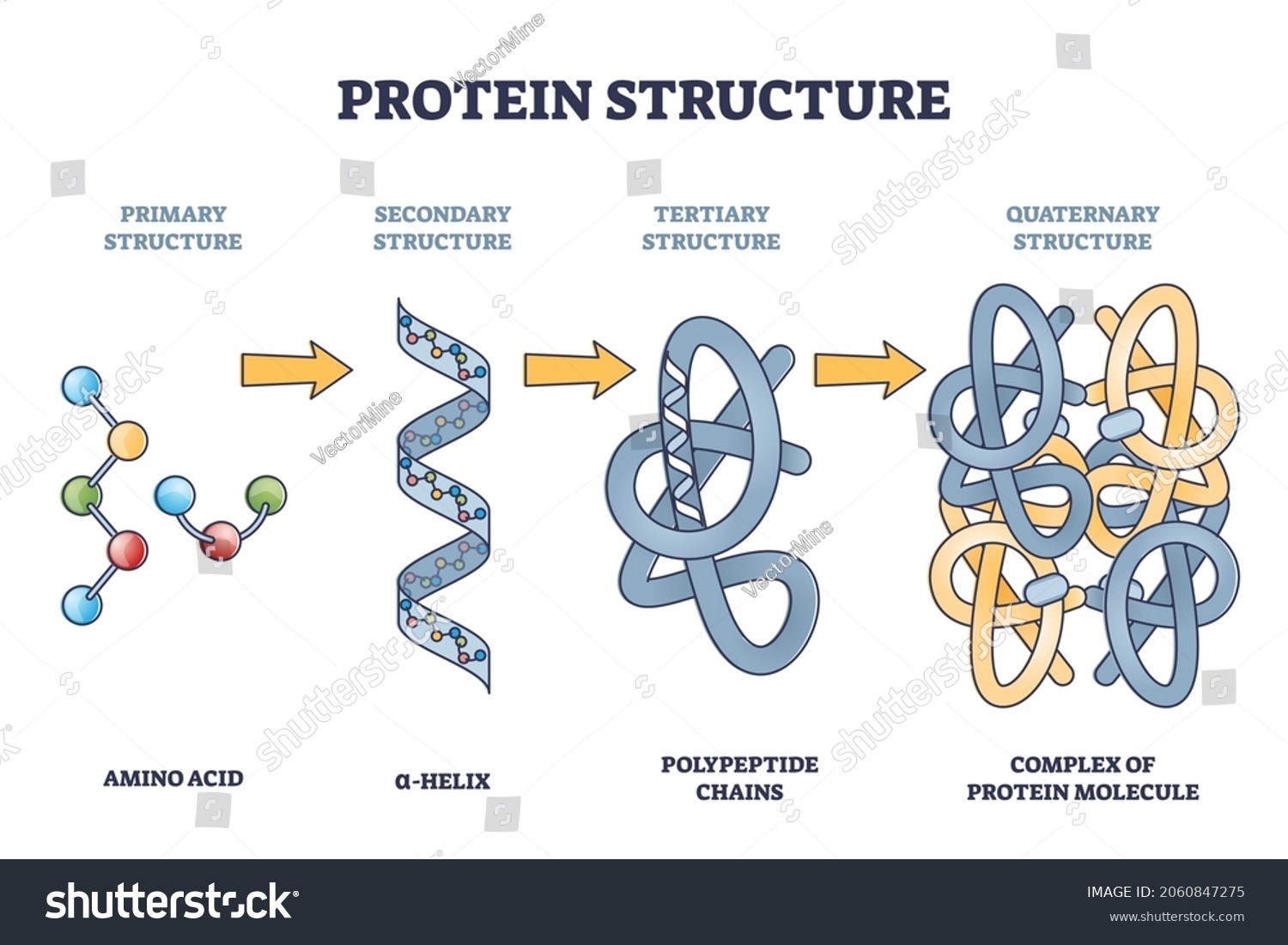Introduction
What happens to a food’s composition, chemistry, and physics while it’s prepared for storage and later consumed is the focus of food chemistry. Recent decades have seen significant expansion in the field of food chemistry. The science of food chemistry investigates the chemical and physical changes that occur in food over time.
The study of compounds used for food preservation through additives is also a part of this field of study. Maleic acid was initially extracted from apples by scientist Carl Wilhelm Scheele in the early 17th century. Then, for ages, scientists have explored food chemistry, searching for new additives and preservatives to boost food quality.
What is Food Chemistry?
The study of foods and their non-living and living constituents is the focus of food chemistry, a scientific discipline in the field of food science. Carbohydrates, lipids, proteins, flavouring compounds, food additives, etc. are all areas where it crosses with biochemistry.
In addition to fats, proteins, and carbs, water is a crucial aspect of every balanced diet.
It discusses the components of food in terms of their content, structure, and physical and chemical qualities.
In 1950, numerous scientists sought to uncover the root of food additives to combat food contamination. Chemical and physical thermodynamics, quantum mechanics, biopolymer science, colloidal interaction, etc. all contribute to the overarching concept of food chemistry.
Examples of Food Chemistry
Food chemistry is seen in day to day life. Some of the examples are:
- The fermentation of milk, or the creation of curd, and the use of lemon juice to keep apples from browning provide useful analogies.
- In order to determine whether or not a food is safe to eat, food chemists analyse its chemical components. It extends the shelf life of food and is utilised in the preservation process.
- Natural chemicals and enzymes are employed extensively in the food industry to create novel products, such as yeast’s application in baking and lactobacillus’ application in the production of curd from milk.
- Sodium nitrate and vinegar (acetic acid) are just two of the many substances found to extend the shelf life of pickles and other foods.
- Preservatives and other food additives are used to extend the shelf life of fruit juices.
Components of Food
Water is the primary component of most of the foods we eat, however the amount varies widely. Carbohydrates, fats, and proteins are also important parts of a balanced diet. Minerals, vitamins, enzymes, etc., are examples of foods’ ancillary components.
Water:
Depending on the cuisine, the amount of water in it might range between 40-95%. In the processes of emulsification, freezing, baking, and gel formation, water plays a critical role.
Proteins:
Amino acids form complicated proteins. These amino acids rebuild bones, muscles, and skin. 50% of a live cell weighs these. It’s required for body growth, hence food contains it. Legumes, grains, beans, peanuts, meat, fish, milk products, and soya milk contain it. Carbon, hydrogen, nitrogen, and oxygen comprise a protein molecule. Food sources provide eight important amino acids. Leucine, valine, tryptophan, tyrosine, lysine, methionine, isoleucine, and phenylalanine.
Carbohydrate:
Carbohydrates are organic compounds found in many food components like sugar, starch, dextrins, Celluloses, pectins, etc. These are the main source of energy. The carbohydrates are of three types:
- Monosaccharides,: Glucose, Fructose
- Disaccharides: Sucrose
- Polysaccharides: Starch, Glycogen, Cellulose, etc,
Lipids:
Food contains oils, fatty acids, and steroids from grains, animal fats, milk products, soybeans, meat, waxes, etc. These are water-insoluble, non-polar dietary compounds that boost energy. Cell membranes need it to store energy.
Vitamins:
Vitamins are required in a very small amount in our body. These are essential for various metabolic activities of the body. Examples of vitamins are:
- Water-Soluble: Vitamin-B (Thiamine, Riboflavin, Niacin, Biotin, Pantothenic Acid, Folic Acid), and Vitamin-C (Ascorbic acid).
- Fat-Soluble: Vitamin-A, Vitamin-D, Vitamin-E, And Vitamin-K.
Minerals:
Minerals are also crucial to our health and are found in many different foods. Excessive use can be harmful to health, thus only a modest amount is needed. Calcium, magnesium, potassium, copper, iron, and zinc are all examples of minerals that play an important role in human health.
Structure
Let’s understand food components by their structure.
Carbohydrates: A single carbohydrate molecule is calles a monosaccharide, while two or more carbohydrate molecules are called disaccharide and polysaccharide.

Carbohydrates
Proteins: Proteins are the chain of amino acids bonded by the peptide bond between the amino group and the carboxylic group.

Lipids: Lipids are of two types saturated and unsaturated fatty acids. Triglycerides are formed by one molecule of glycerol and three molecules of fatty acids. In the reaction, the R, R’, R” are the chains of 10 to 20 carbon.
Summary
Food chemistry is the study of the chemical and physical modifications made to foods and their constituents. Additives, preservatives, flavouring agents, enzymes, minerals, and vitamins are now included included in the field of food science. Carbohydrates make up a sizable portion of the food we eat.
Some of the most important vitamins for our bodies are carried by lipids, which are present in oil cereals, meat, milk, and dairy products.
Frequently Asked Questions
1. How is a mixture of oil and water stabilized in food chemistry?
Ans. Emulsifiers are the chemical components used for mixing two food containing oil and water. One of the natural emulsifiers is Lecithin found in egg yolk and plant tissues which are used to make mayonnaise and salad dressings.
2. What is the importance of phosphorus?
Ans. Phosphorus is an important macro mineral in our body, it is found in many foods like fats from animal meat, fish, egg, and milk. It is important for DNA and RNa production.
3. What is aromatic food?
Ans. Aromatics are vegetables, herbs, and spices that add aroma and flavor to dishes. They consist of mainly phenols.